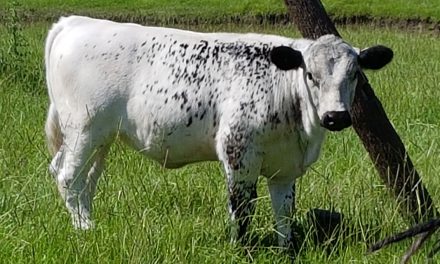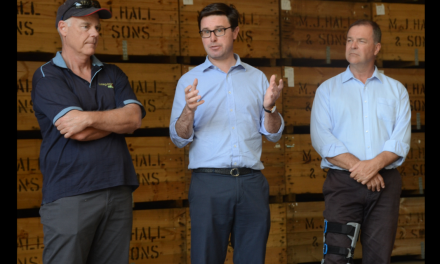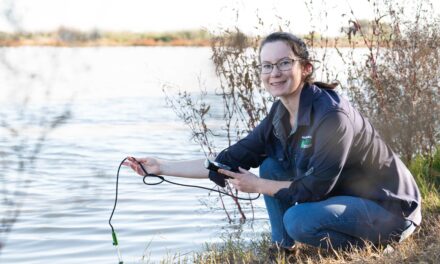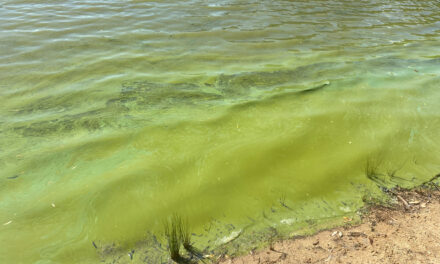Scientists are on the lookout for energetic flies with plenty of body hair to pollinate crops and help expand Australia’s fruit, vegetables and nut production.
Pollination is vital to the success of many fruit, nut and vegetable crops, with pollination-dependant crops in Australia worth almost $6 billion per year.
As part of a $5.7M research effort involving some of the nation’s leading researchers, fly pollination test sites have been set up on farms in Western Australia (Busselton and Gingin); Queensland (Mareeba, Dimbulah, Walkamin, Bundaberg); Tasmania; South Australia (Mt Gambier); and the Northern Territory (Darwin).
The project is being managed by Hort Innovation and is led by the Western Australian Department of Primary Industries and Regional Development (DPIRD), in collaboration with the University of Western Australia, Western Sydney University, University of New England, Seed Purity Pty Ltd and Biological Services.
Hort Innovation General Manager for Research and Development, Dr Alison Anderson, said exploring different pollination methods was essential to ensure sustainable crop production.
“Bees perform a wonderful service. What this project is aiming to do is support that service by determining which species of native flies can also effectively transfer pollen from plant to plant,” she said.
“We are looking at ‘hairy’ fly species that have no trouble attaching pollen to their bodies. We also want flies that are energetic and will travel reasonable distances up and down rows of crops, such as hoverflies, rather than staying in one area with limited movement.”
Dr Anderson said if certain fly species prove good pollinators, researchers will also determine the most efficient ways for growers to get access to the insects.
“Flies make ideal pollinator candidates because they are present year-round. They regularly visit flowers seeking sugar from the nectar, and their bodies easily pick up pollen,” she said.
“Flies are one of the most diverse animal groups in the world, being significant in agrobiodiversity and present in almost all habitats, where their pollination ability enhances seed and fruit production. This project has the potential to extend to many horticultural crops, in particular, protected cropping such as tunnel houses and glasshouses which do not have the benefits of natural pollination.”
Jacinta Foley, agronomist on Jasper Farm trial site in WA, said the business is excited by the possibility of using flies as pollinators.
“The prospect of purposefully introducing alternative pollinators to service our avocado trees is an exciting one,” she said. “We are very keen to find out which types of native flies are most effective at pollinating avocado crops, and how to encourage their activity at our almost 400-hectare property.”
Teams in each of the fly trial locations are mass rearing certain species of flies and testing their
performance on various crops, at different times of the day in various weather conditions.
Once complete in 2023, the project will show which types of flies pollinate best in which regions. This project is supporting the Australian agriculture industry’s target of becoming a $100 billion industry by 2030.








